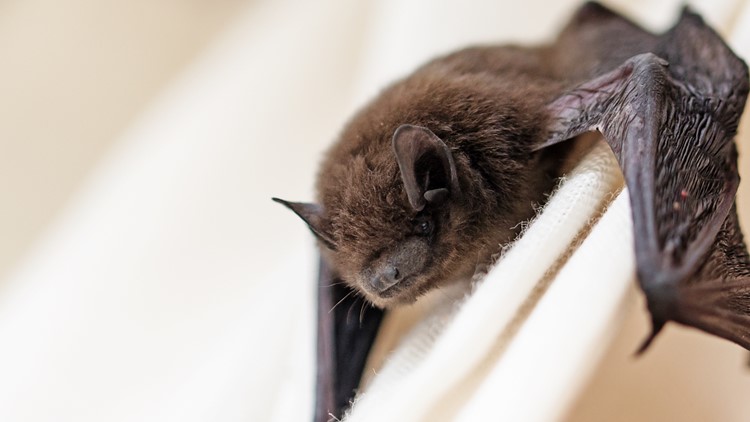Bats are important to the environment. However, they create serious problems for Little Elm homeowners when they roost inside homes, attics, or sheds. Removing bats is not as simple as chasing them out or blocking holes. Several factors make the process more complicated than many people expect. Successful elimination is possible with professional intervention. Many families count on the services of Romney Pest Control. The company adapts its approach to each property. It combines prevention with practical treatments to ensure a safe and living environment for families. Removing bats is never easy due to the following reasons:
They are Protected Species
Bats are protected under state and federal laws. It is illegal to harm or kill them in Texas. Thus, homeowners must follow specific rules when addressing a bat problem. For example, exclusions cannot be done during maternity season, when baby bats cannot fly. This restriction makes timing critical and requires professional knowledge to ensure the legality and safety of the process.
Their Entry Points are Hidden
Bats can squeeze through gaps as small as half an inch. These openings can be found along rooflines, vents, chimneys, and siding. Locating every possible entry point is a challenge because bats rarely use just one opening. Missing a tiny gap during the exclusion process can allow bats to reenter, making removal unsuccessful.
They Have a Nocturnal Behavior
Bats leave at dusk to feed and return before sunrise. This complicates inspection and exclusion work. Timing the exclusion properly requires patience and knowledge of their habits. Without this understanding, homeowners may seal bats inside.
They Have Large Colonies
A group of bats can roost in an attic and stay there for years if left undisturbed. Large colonies create more droppings, stronger odors, and a higher risk of structural damage. Removing them requires thorough planning, specialized equipment, and multiple steps to ensure the colony relocates safely.
Their Droppings Pose Health Risks
Bat droppings accumulate quickly when a colony roosts in one place. Guano produces a strong, unpleasant smell and poses health risks. It can grow fungi that cause histoplasmosis, a respiratory disease. Cleaning guano requires protective gear and safe disposal methods, which adds another layer of complexity to the process.
Bat Removal in Attics is Hard
Attics in Little Elm homes often provide the perfect shelter for bats. They are warm, dark, and rarely disturbed, making them ideal roosting spots. However, the layout of attics can make inspection and removal difficult. Narrow spaces, poor lighting, and insulation create hiding places where bats can remain unnoticed. Accessing every corner of the attic is necessary to confirm removal and prevent future infestations.
Seasonal Timing is Necessary
Bat removal cannot be done at just any time of year. As mentioned earlier, maternity season restricts exclusion because young bats are not able to fly on their own. Attempting removal during this period can separate mothers from their pups, leaving the babies to die inside the home. Professionals carefully plan the timing of removal to comply with laws and ensure the colony leaves safely.
There is a Risk of Reinfestation
Even after successful removal, bats may try to return to their original roosting spot. They are creatures of habit and may continue circling the home for days or weeks. They will find their way back inside if every entry point is not properly sealed.
The Make Noise and Cause Disturbance
Bats often make scratching, squeaking, or fluttering sounds that disturb homeowners at night. These noises come from their movements within walls or attics. However, bats are quiet during the day, so locating them based on sound alone is difficult.
Removal Needs for Specialized Equipment
Professionals often use one-way exclusion devices that allow bats to exit but not reenter. Installing these devices correctly takes skill, especially on roofs or high areas of a home. Safety equipment is also necessary for accessing difficult spots and cleaning up guano.


Comments are closed.